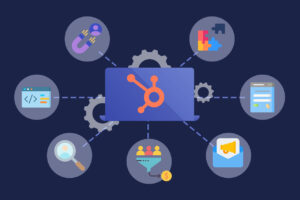From conventional brick-and-mortar methods of managing customer data and interactions to compiling customer details on a single CRM platform, and now, automating the entire customer lifecycle processes seamlessly, the drive to put customers at the forefront of every business model continues to take newer and more interesting dynamics.
Today, CRM automation has become the life force for enhancing customer engagement, simplifying relationships, reducing friction, and fostering customer loyalty. And while there are a good number of CRM tools that offer automated CRM features, HubSpot’s business process and customer relationship management (CRM) software has undoubtedly been leading the way by providing robust automation resources that help thousands of businesses optimize the customer engagement level of their marketing funnel.
Read on to get a firm grasp of how you can use HubSpot’s automation tools to maximize customer engagement, increase your sales and improve your ROI. But before we shoot into that, let’s discuss some of the benefits of CRM automation.
Benefits of CRM Automation
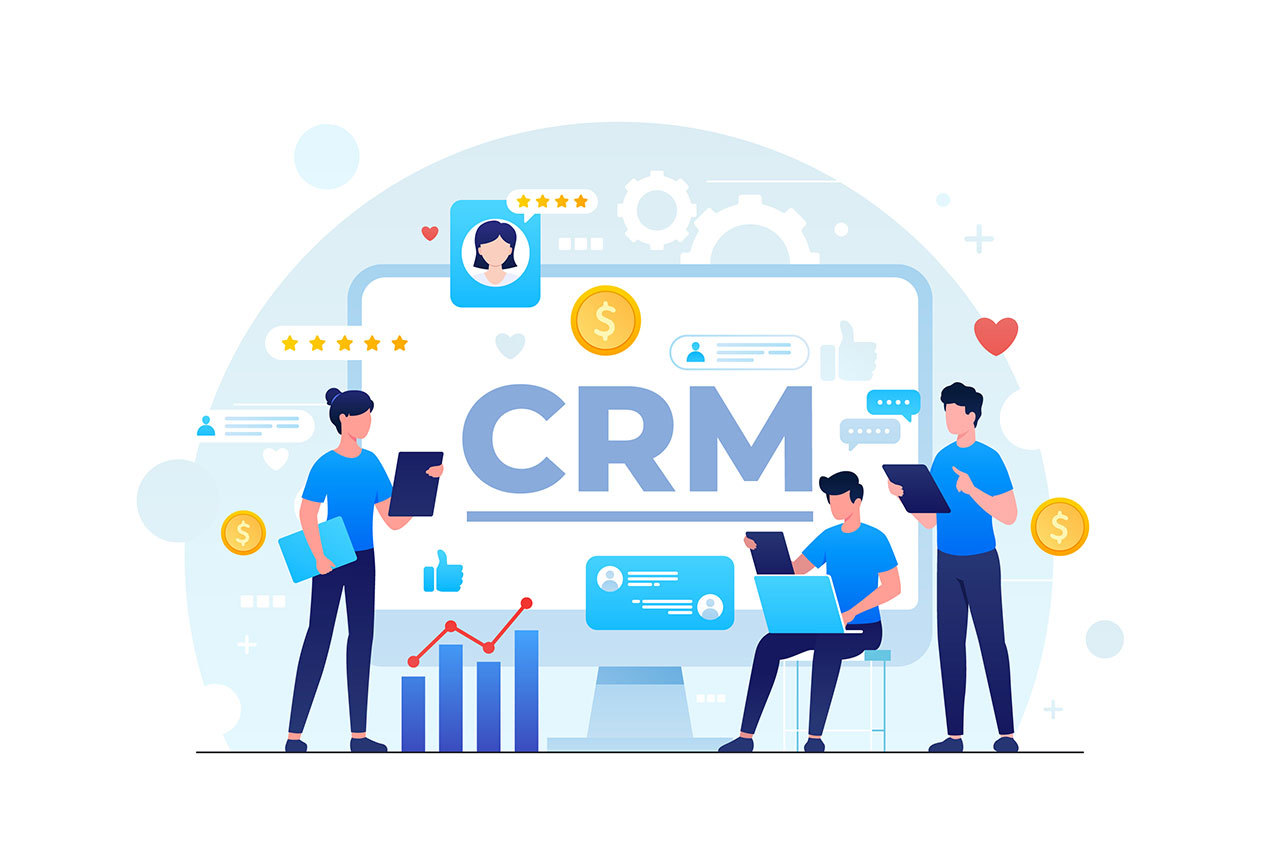
1. Enhanced efficiency and productivity
One of the primary advantages of CRM automation is that it has the potential to increase productivity in your customer service and sales teams. You’ll be able to free up time for more value-adding activities such as developing sales and marketing strategies when you automate mundane processes such as data input and follow-up emails. Additionally, CRM automation helps to reduce errors and eliminate repetitive tasks, leading to increased accuracy among your employees.
2. Improved customer experience
An automated CRM assists in providing a more personalized and consistent experience for your customers, which is always a win-win situation. For instance, it can help to segment leads and customers through their past behavior, interactions, and preferences. CRM automation tools will help you deliver individualized communications that have higher chances of resonating with your prospects and customers. You’ll be able to cut down on the amount of time it takes to respond to questions and improve customer satisfaction and loyalty.
3. Better data insights and analytics
By providing improved data insights and analytics on leads and customers, CRM automation assists businesses in making well-informed choices. You’ll be able to swiftly spot patterns and trends in leads’ behaviors and preferences when you automate the process of data collection and analysis. And with extensive analytics, you can adapt your products more effectively and monitor the success of your marketing campaigns.
4. Cost savings
Another important advantage of CRM automation is that it can reduce your operating expenses. You’ll be able to cut down on the number of employees you need to employ, reduce overhead costs, and enhance the performance of your sales and marketing through a CRM automation tool.
5. Scalability and flexibility
CRM automation scales business operations without a need to increase the workforce. A good CRM automation tool will adjust to new market demands while ensuring there are no lags in your processes and data.
How to Maximize Customer Engagement with HubSpot
1. Use HubSpot “Lead Scoring” to Prioritize Engagement
Lead scoring is a critical aspect of any lead nurturing campaign. It lets you categorize leads based on their behavior, demographics, and other criteria that you define. With HubSpot, you can create a scoring model that factors in a customer’s engagement with your website, email campaigns, and other touchpoints. Using this score as your benchmark, you can prioritize your resources and pay more attention to the leads that are most likely to convert.
To configure the lead scoring system in HubSpot, log in to your HubSpot account, follow the steps below:
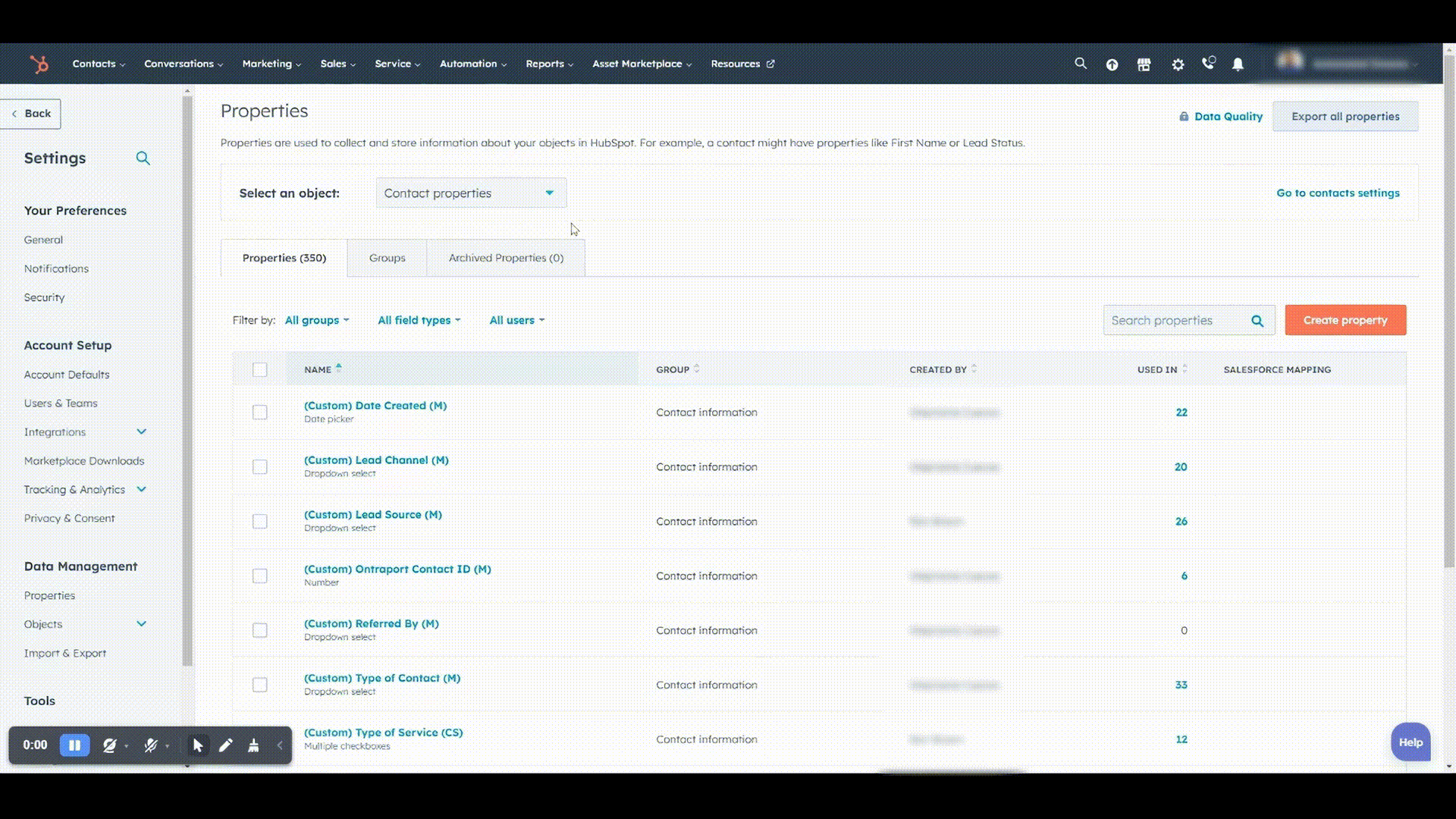
- Click on the settings icon (gear icon) in the top right corner of your dashboard.
- On the left sidebar, click on “Contacts & Companies” under “Properties.”
- Scroll down to “Score” and click on “Manage Scoring.” You will now be on the “Lead Scoring” page, where you can create rules to assign scores to your contacts based on their attributes and behavior.
- Click “Add new set of criteria” to start creating a rule.
- In the new window, you can choose either “Positive Attributes” or “Negative Attributes.” Positive attributes will add points to a contact’s score, while negative attributes will subtract points.
- Under “Choose a property,” select the property you’d like to use as a criterion (e.g., “First Conversion,” “Job Title,” “Company Size,” etc.).
- Configure the property value or behavior you want to assign points for. For example, if you chose “Job Title,” you could assign points for specific job titles like “CEO” or “Marketing Manager.”
- In the “Points” field, enter the number of points you want to add or subtract based on the chosen criterion.
- Click “Done” to save the rule.
- Repeat steps 6-11 to create additional rules for other attributes or behaviors. You can create as many rules as needed to accurately score your leads.
- Once you’ve set up all your scoring rules, click “Save” at the bottom of the page.
Review the lead scores of your contacts by going to your contacts list in HubSpot. You can sort your contacts by their lead scores to prioritize your sales and marketing efforts accordingly.
Remember that lead scoring is an ongoing process, and you might need to adjust your rules over time as your business and customer base evolves. Regularly review your lead scoring setup to ensure it continues to align with your goals and priorities.
2. Monitor and Analyze Customer Behavior
Monitoring the actions of your customers is very necessary as it helps to determine how successful your marketing campaigns are. HubSpot’s campaign monitoring feature lets you assess the behavior of customers across social media platforms, email campaigns, and your website. You can determine how each touchpoint along your customer journey contributes to overall success by using the analytics tool provided by HubSpot.
With its CRM automation features, you can equally monitor data such as click-through rates, conversion rates, and bounce rates. This information is quite helpful when deciding which aspects of your campaigns were successful and which ones may need tweaking.
3. Leverage HubSpot’s CRM Integration with Other Apps
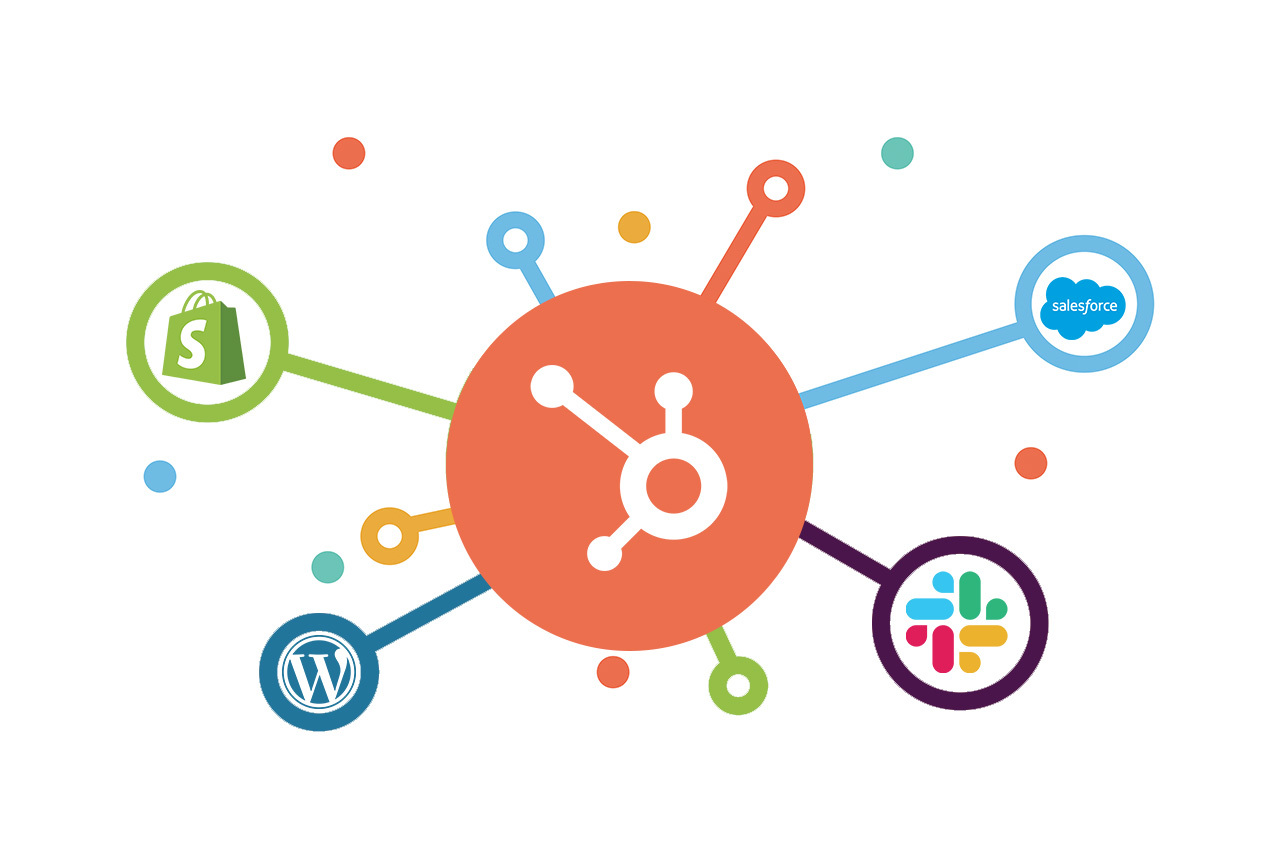
HubSpot integrates with a variety of other applications and business tools such as WordPress, Shopify, Salesforce, Slack, and many more to boost your marketing and sales efforts and improve the way you engage your customers. For instance, if you own a Shopify store, you can monitor the purchasing patterns of your customers and adjust the content of your marketing messages appropriately by integrating it with HubSpot.
4. Get Personal, Create Smart, Personalized Email Campaigns
McKinsey’s Next in Personalization Report shows that “76% of consumers get frustrated by businesses who do not offer personalized experiences.”
Truth is whether you are nudging leads to buy, or trying to convince a customer to buy more, creating personalized experiences can make a huge impact. With HubSpot’s email marketing tool, you can build personalized emails, organize your list into segments, and deliver targeted campaigns that resonate with the pain points and needs of each customer.
You can design eye-catching emails that attract the attention of your consumers by using its drag-and-drop email builder. Every email you send will have customized “subjects” that include relevant keywords. You can also A/B test your emails to see which email layout and copy will connect more with your customers. HubSpot’s dynamic content feature also takes email personalization to the next level, using the actions and preferences of your subscribers to showcase unique content.
5. Capture Lead Information with HubSpot’s Forms
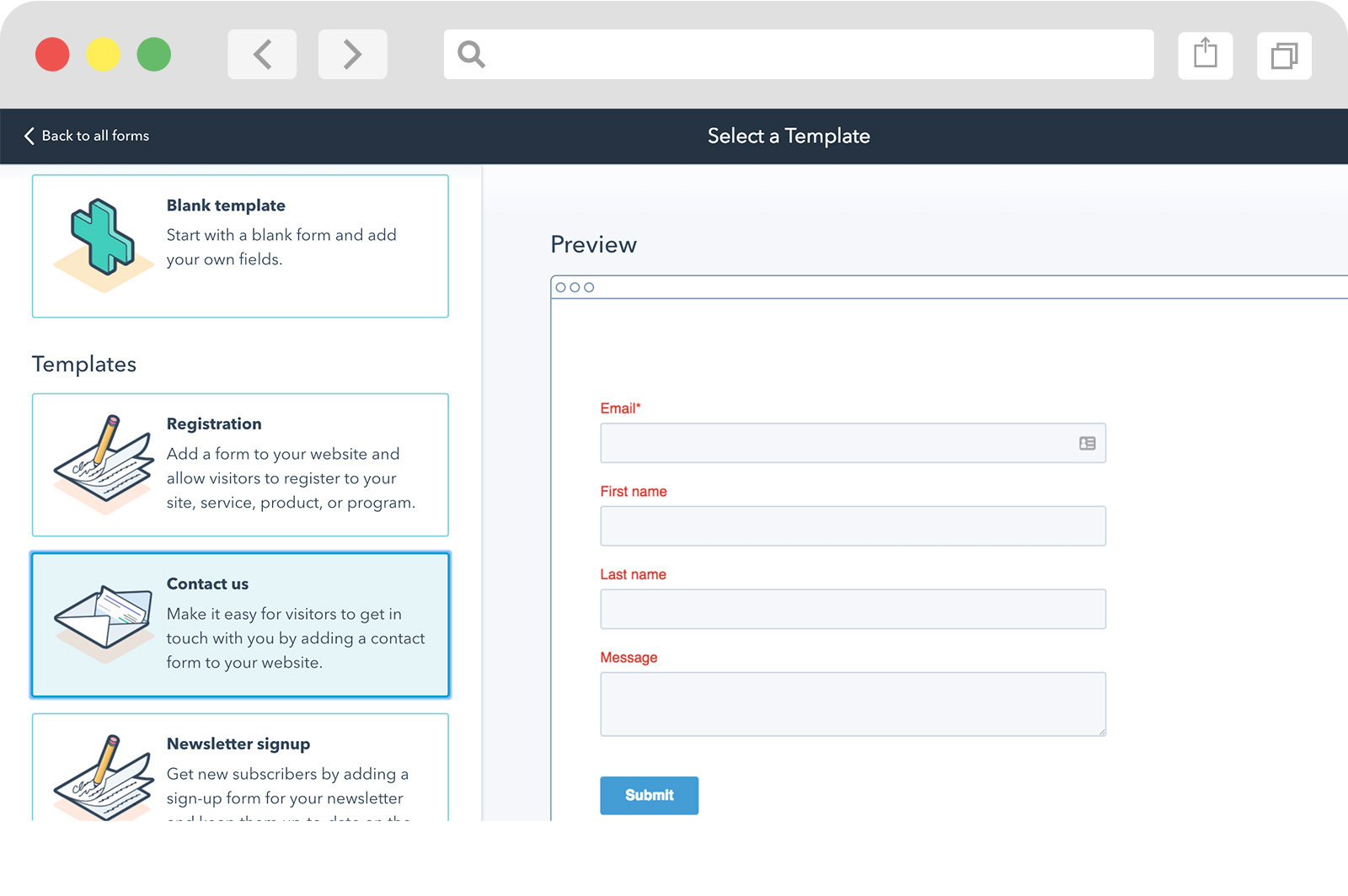
Use HubSpot’s form builder to create custom forms that will collect the information you need from your target audience and prospects. Not only can you embed these forms on your website, but you can also utilize them in your email marketing campaigns. For instance, you can send emails whose CTAs are links to a form, you can create pages and embed forms created on HubSpot, and you can choose to add a form as the link in your bio on social media.
However, be sure not to request overly personal information on your form as many prospects will church when they realize this.
6. Automate Sales Task Creation by Streamlining it with Lead Interactions
Only 34% of sales professionals’ time is devoted to selling, with the rest going towards administrative duties such as generating CRM documentation, recording manual activities, and sourcing appropriate content to send to potential customers. Automating these duties is crucial to establishing a successful customer acquisition plan, as it frees up time and helps your sales team to focus on more important tasks like interacting with clients and closing deals.
HubSpot’s comprehensive sales automation feature makes it easy to manage leads, assign tasks, and create transactions. With these automated processes in place, administrative responsibilities are significantly reduced, and your sales team can begin to invest more time in selling.
7. Accelerate Sales Activity by Utilizing Hubspot’s Snippets
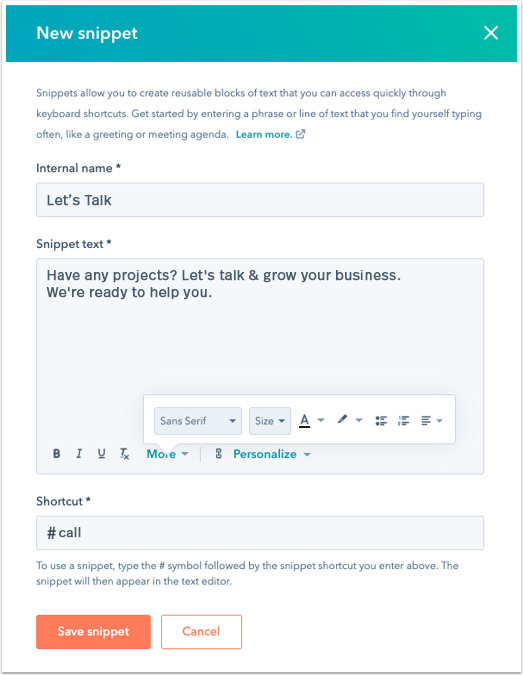
HubSpot’s snippets can enhance the productivity of your sales team and ultimately improve how you engage your prospects and customers. It comprises short, reusable text blocks applicable to contact, company, and deal records, email templates, and in-chat conversations. Although these snippets have a 500-character limit, they are best for messages like greetings, contract requests, and pricing communication.
With snippets, you can create templates for frequently used phrases among your sales team. It eliminates the need to repeatedly type the same phrases, saving them a considerable amount of time since the average typing speed is 40 words per minute.
Parting Thoughts
CRM automation is the next-level customer engagement solution and if you are not already adopting it, you are missing out on the opportunities to scale your business while reducing operational costs. With HubSpot’s comprehensive CRM tools, you can optimize your marketing campaigns, maximize customer engagement and ultimately improve your ROI.
And if you are not sure about where or how to start, take the first step towards efficient and effective customer engagement for your business by scheduling a free consultation with us today. We’ll gladly help.

